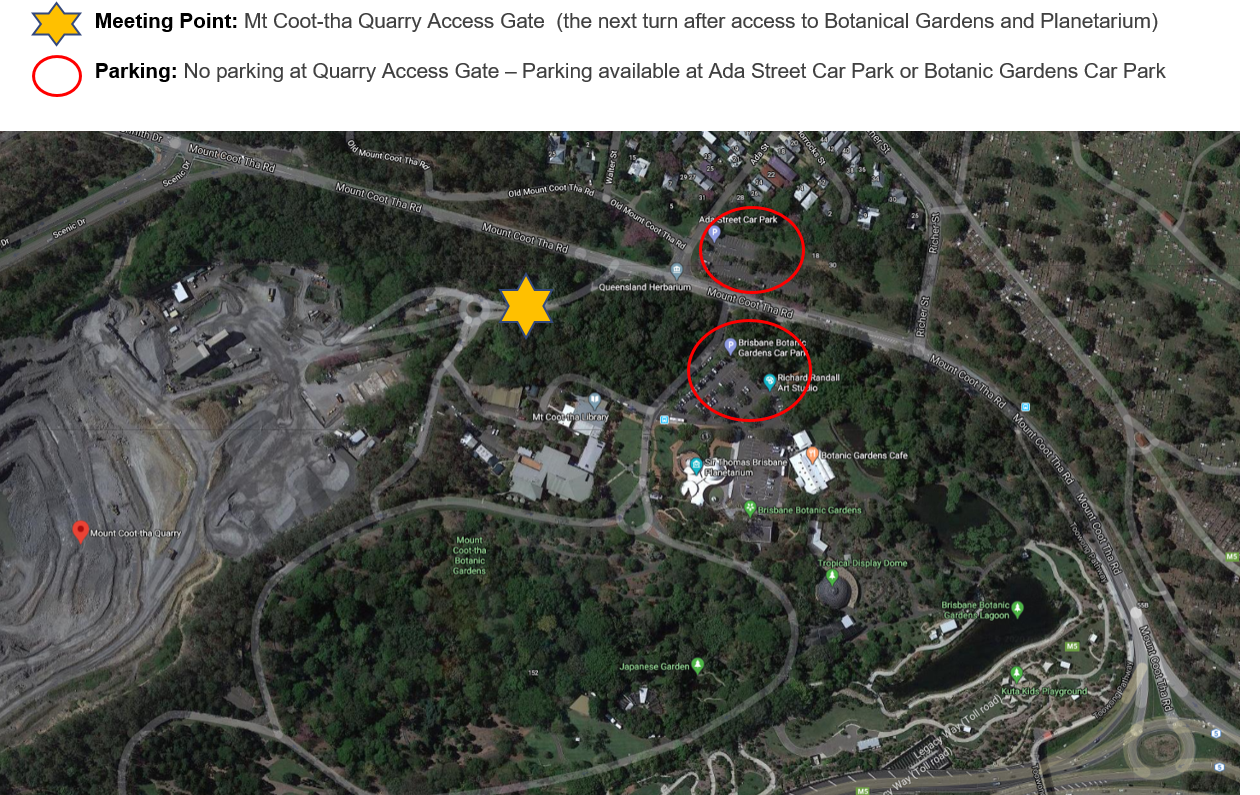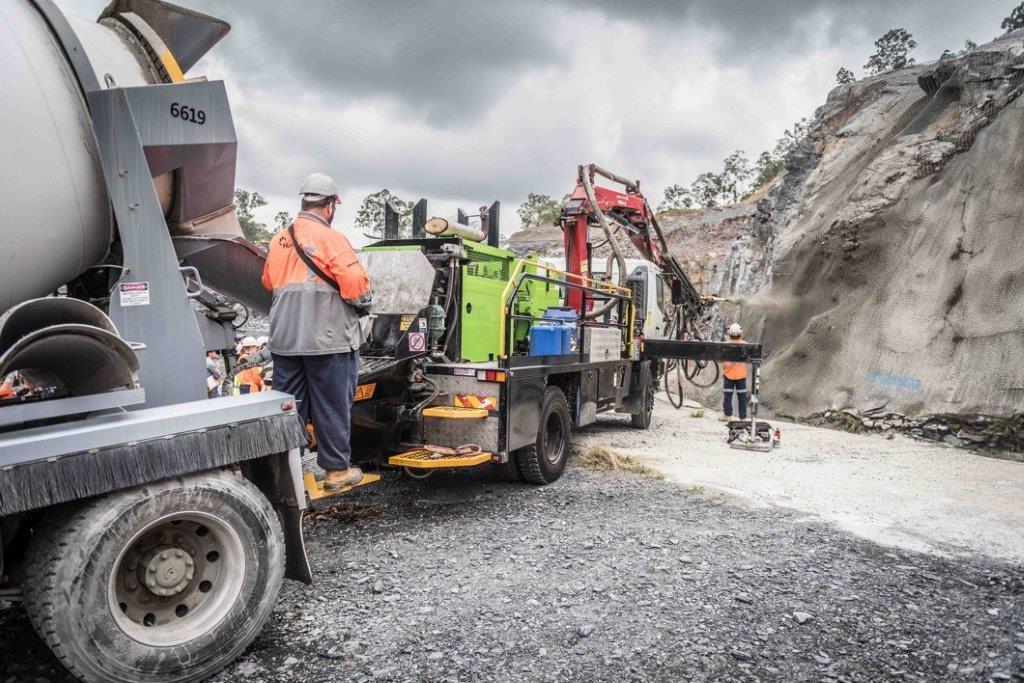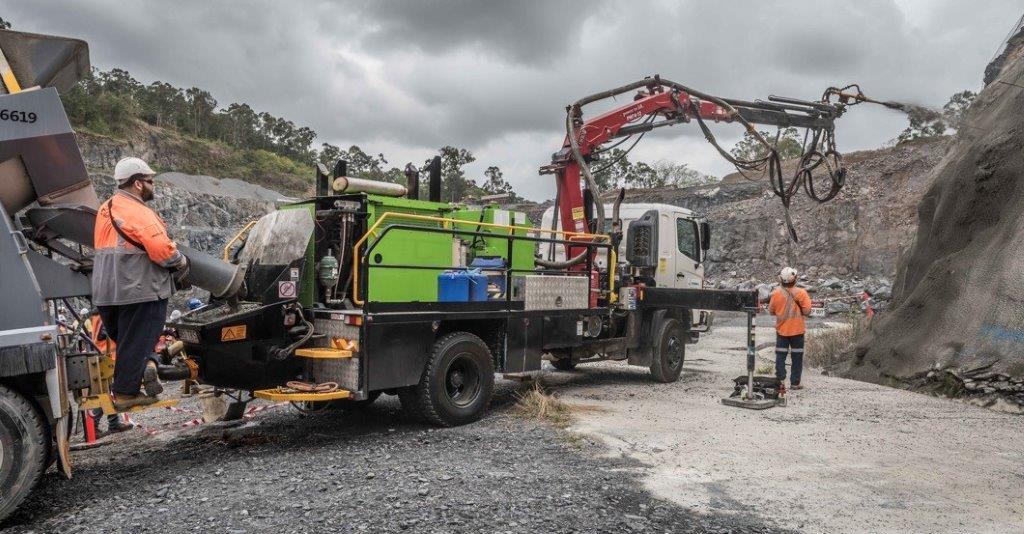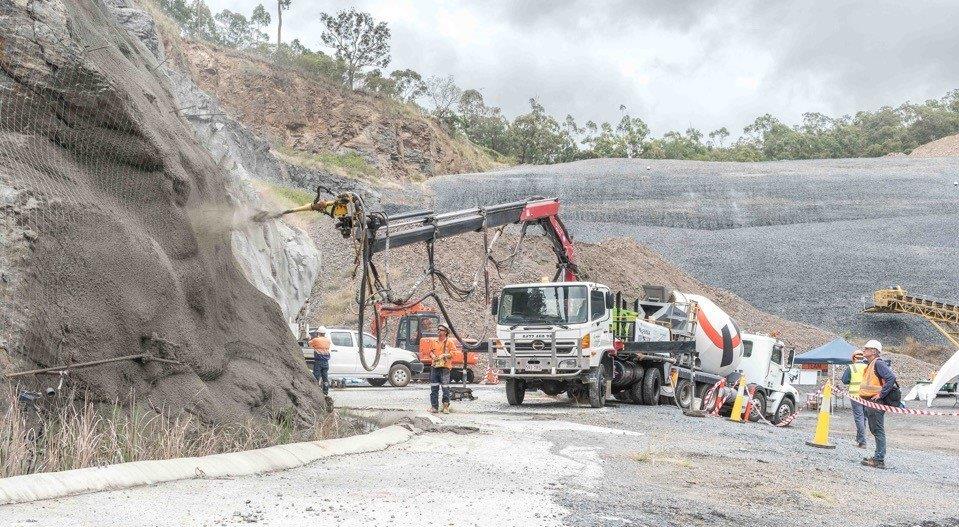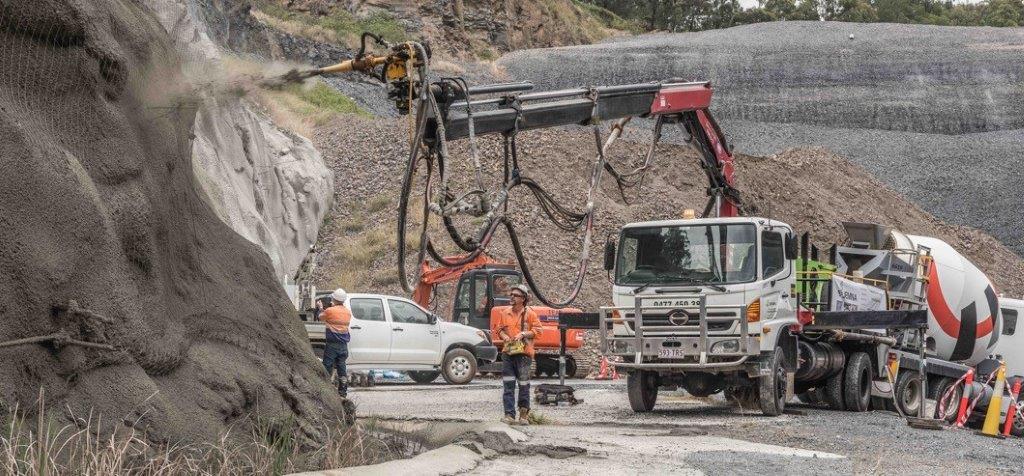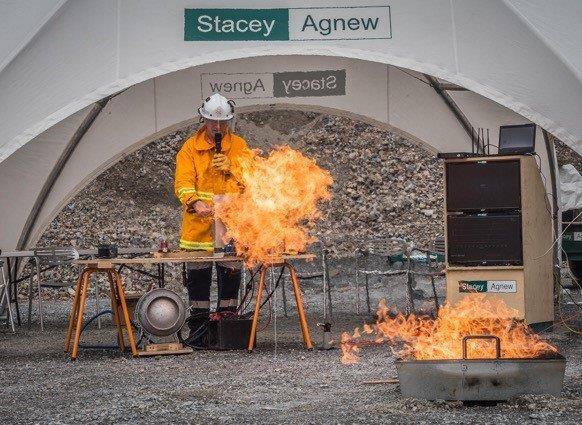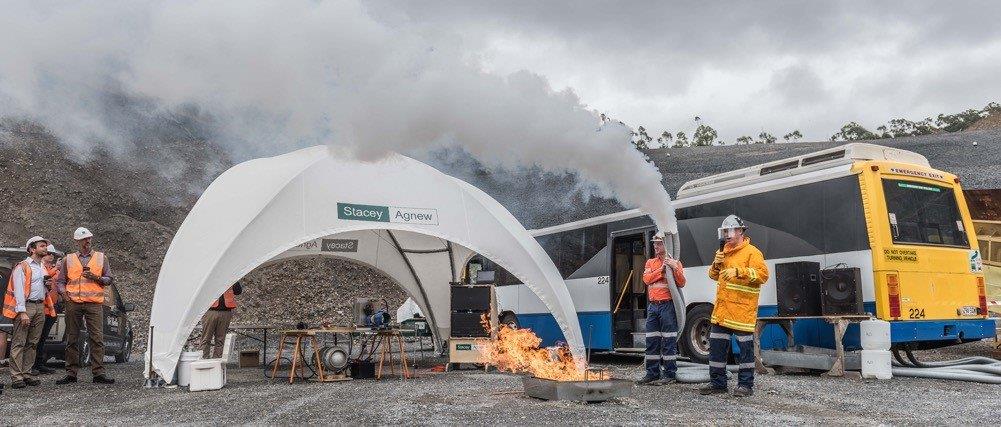
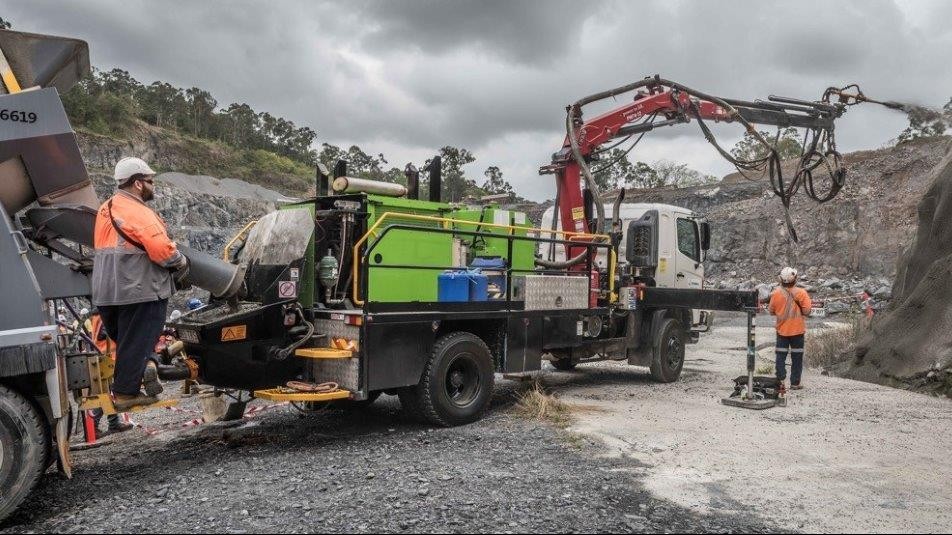
ATS QLD – Site visit Mount Coot-tha Quarry
March 12, 2020 @ 8:30 am - 3:30 pm AEDT
Following the success of the Mount Cootha Quarry site visit as part of the 2015 ATS Design and Construction Workshop, ATS Queensland invites members to another site visit to the Mt Cootha Quarry.
In 2020 the Brisbane City Council and Quarry Manager Robert Bell have again kindly allowed access to the Quarry for the site visit.
As part of the Brisbane Legacy Way Tunnel project, an underground conveyor was used to transport spoil from tunnel excavation underneath the Brisbane Botanic Gardens and through to the Mount Coot-tha Quarry. The conveyor tunnel was excavated using drill and blast construction methods. The construction of the spoil conveyor enabled spoil removal 24 hours a day, seven days a week in line with tunnel boring machine (TBM) operations. This spoil conveyor eliminated the need for 96,000 truck movements on surrounding roads.
Coffee vans will be available in the quarry (kindly supported by Ausrocks and ATS). Paper bag breakfast options will be available for purchase.
All delegates will be required to wear long pants, closed toe safety boots and a long sleeve shirt. Reasonable fitness and mobility is required as the tour involves walking through a working quarry.
Exhibitor Displays:
Active displays will be carried out by the exhibitors and guides will be provided by Ausrocks Pty Ltd, Consulting Mining Engineers. Logistic support provided by the BCC quarry operators.
- Remote control demolition (Brokk)
- Shotcreting (Jemna)
- Fire Bus (Stacey Agnew)
- Telebelt Display (Mobile Conveying Services)
- Drill and Blast (Orana)
- Bluey
Shotcrete supported by:
- Holcim (supply)
- BASF (additives)
- BarChip (fibres)

About the speakers:

Jiwoo Ahn GradIEAust, Geotechnical Engineer – PSM
Jiwoo Ahn is a Brisbane-based Geotechnical Engineer at PSM. Since joining PSM in 2017 Jiwoo has worked on a variety of civil infrastructure projects including a local rail tunnel project, a luxury underground hotel, open cut and underground mining projects. Jiwoo’s presentation is largely based on his honours thesis submitted last year, which explores probabilistic concepts in determining design rock loads for tunnel support design.
Topic: Probalisitic Rock Load Determination Using Discrete Fracture Networks for Tunnel Support Design
This paper presents a method for determining a design loosening rock load, by application of a discrete fracture network (DFN). Analyses can be undertaken on a DFN to identify the size and spatial distribution of unstable blocks using limit equilibrium and numerical methods in order to estimate tunnel support requirements. However, current methods do not consider the adopted risk for a given design load. A method is proposed using binomial probability theory to determine the design rock load in compliance limit state design philosophy.

Bari Thomas, Ground and Underground Engineering (GUGE) Leader – Aurecon
Bari is a chartered geologist and is the Ground and Underground Engineering (GUGE) Leader for Aurecon in QLD. With over 20 years international geological and geotechnical experience, he specialises in the production of engineering geology and geotechnical models for the civil engineering industry.
Topics: Geology of Brisbane Area
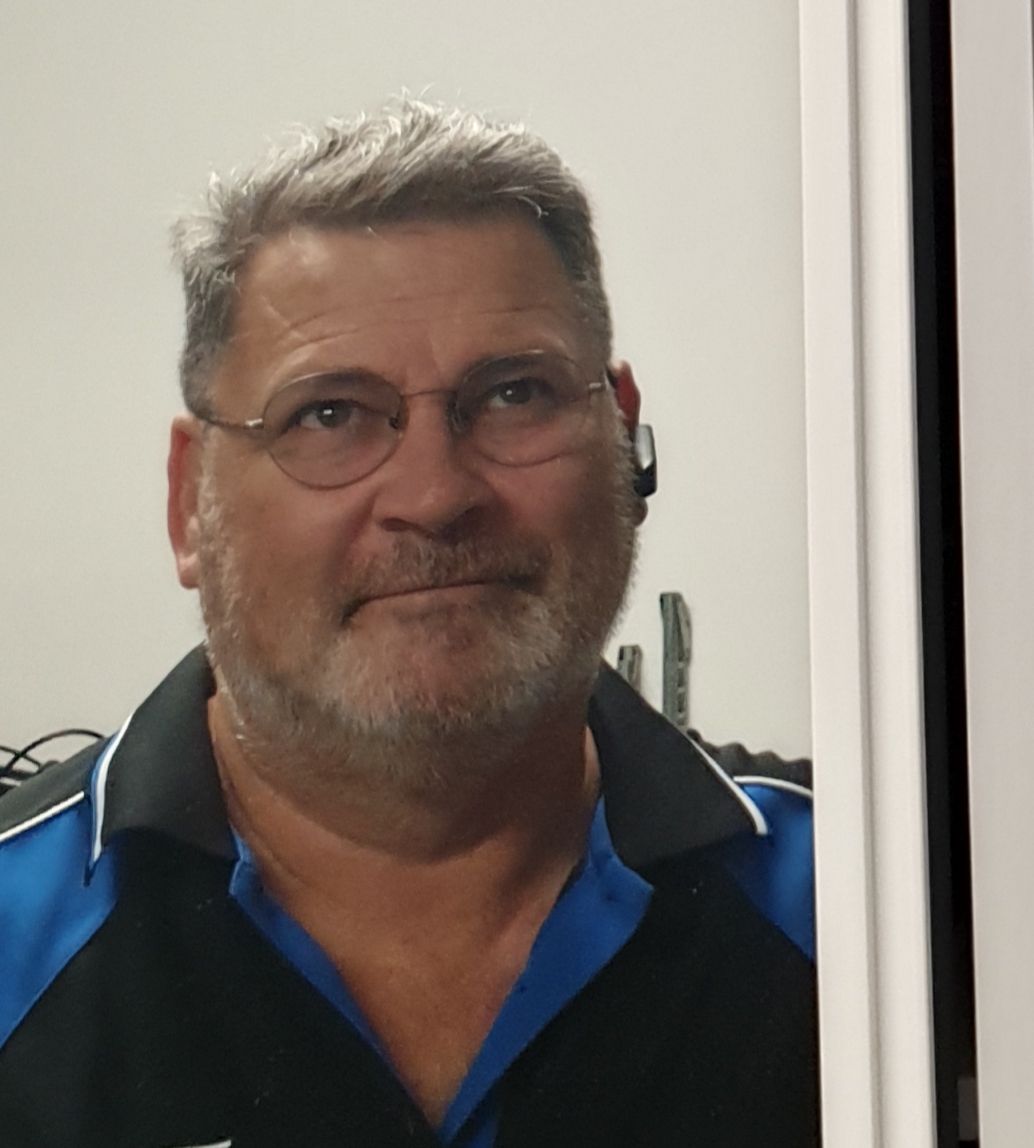
Craig Wright, BarChip Australia
Craig has worked with Barchip Inc. formerly Elasto Plastic Concrete for nearly 12, as the civil manager for Australia. His involvement in technical sales to the construction industry began over 30 years ago, following his studies in Horticulture at Gatton College. During this time Craig has been involved in sales , and managed sales teams with a number of construction materials manufacturers and suppliers. such as Besser, Pioneer, ACI, and Fletchers. This varied career, has provided Craig with a wealth of experiences across a wide range of industries and projects, which he will draw on when seeking solutions to clients challenges.
Topic: Preparation and Care of Test Specimens at site trials
An important part of any project is the effort that designers, contractors, sub-contractors, and suppliers put into conducting site trials and the testing of concrete specimens in order to obtain results that will best reflect the materials properties and insitu performance.
This presentation aims to provide a clear understanding of how correct placement, compaction, and curing of shotcrete/concrete material test specimens increases the likely-hood of obtaining results that will provide information that is relevant, reliable, and repeatable for the duration of the project.
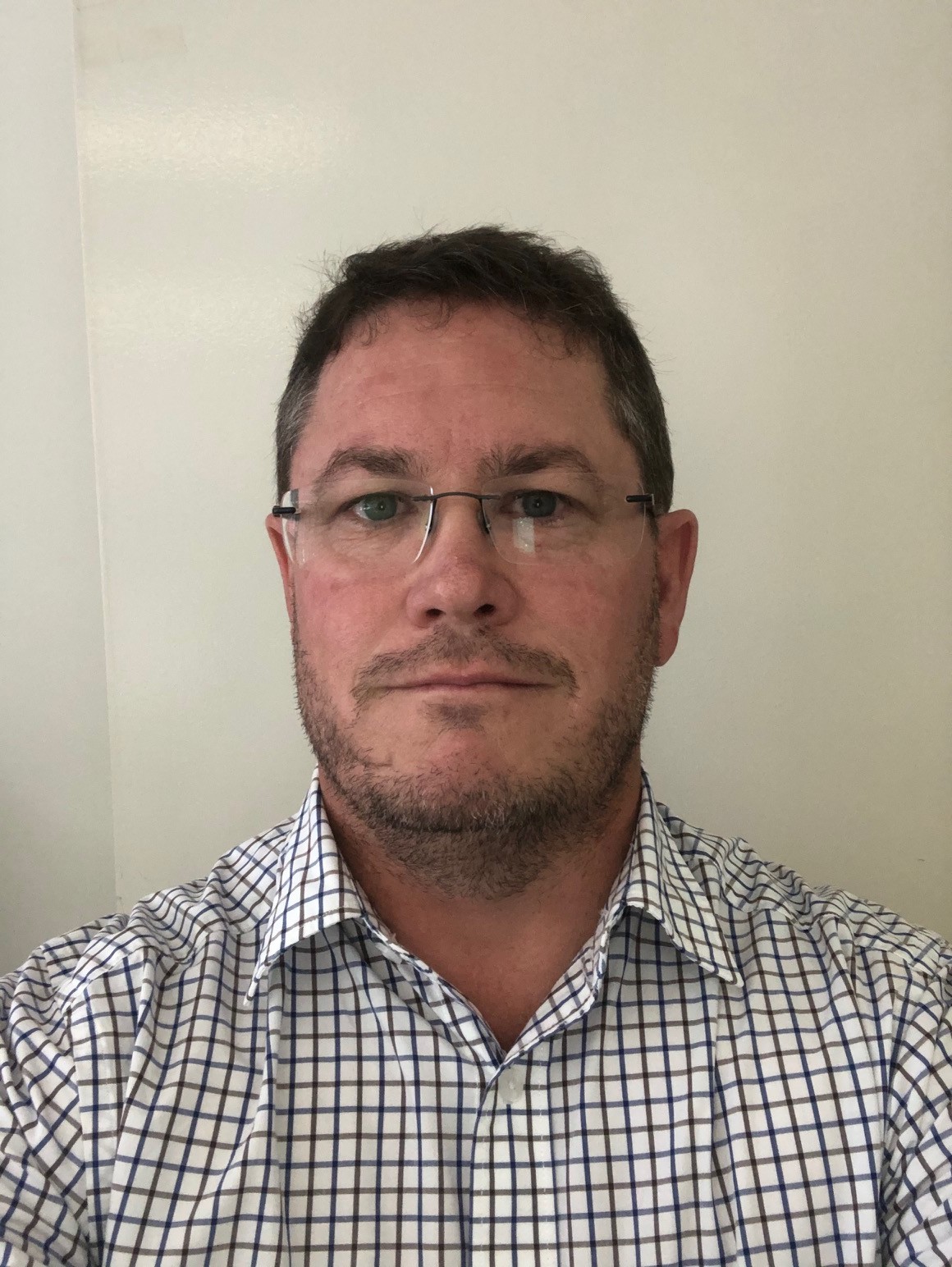
Charles Howarth, Herrenknecht Australia Pty Ltd, Brisbane
Charles Howarth, graduated from The University of Newcastle in 1997 with a Bachelor’s of Engineering (Mechanical).
Charles and has a strong background in mechanical engineering for mining and tunnel construction equipment having worked initially in the underground coal mining sector for OEM’s in Newcastle NSW. Machine design activities in Europe for Herrenknecht from the late 1990’s through mid-2000’s on major construction projects such as the Swiss Apltransit Projects, Gotthard Base Tunnel, Arrowhead Project in California and Hallandsas Project in Sweden.
More recently, Charles has headed up Herrenknecht’s Australian subsidiary as Managing Director responsible for Traffic Tunnelling services and mining business in the region. Local projects include, Brisbane Clem 7, Airportlink, Legacy Way Tunnells. Bogong Hydropower Tunnell, Victorian Desalination Project, Auckland Waterview Tunnell Project, Perth’s Forrestfield Airport Link, Sydney Metro City and Southwest, Metro Melbourne, West Gate Tunnel Project, Snowy 2.0, Auckland Interceptor, Auckland City Rail Link and Brisbane Cross River Rail.
Topic: Successful Completion of Major Large-Scale Tunnel Infrastructure Projects in the Southern Hemisphere with XXL Machines
When considering large-scale infrastructure projects special attention has to be paid to the large diameter tunnel construction projects that were successfully completed in the Southern Hemisphere. The projects highlighted in this presentation are of large-scale infrastructure transport projects focusing on road tunnel projects that were constructed in Australia and New Zealand using mechanized tunnelling technology. The tunnel boring machines (TBMs) that were reliably applied to these projects all in the range of large to very large diameter TBMs. Two Double Shielded Hard Rock TBMs (Ø12.35 meters) were used for the construction of the Clem Jones Tunnel in Brisbane crossing beneath the Brisbane River, then reused for the excavation of a 4.3km long two-lane highway tunnel for Legacy Way in Brisbane creating a new traffic artery towards the city centre. Two EPB Shields (Ø12.48 meters) excavated and lined the twin-tube road tunnel for the Brisbane Airport Link. The Earth Pressure Balance Shield (Ø14.41 meters) involved in the Waterview Connection Project in New Zealand.
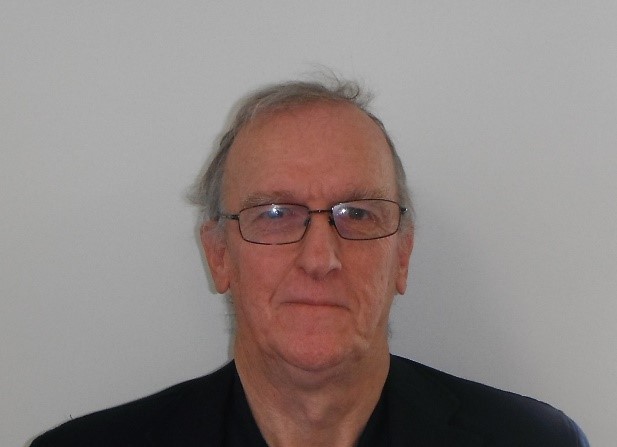
Alan Robertson, Director – Ausrocks
Alan has been involved in Mining, Quarrying and Tunnelling projects for the last 40 years and currently owns and operates Caged Rock Pty Ltd. Alan is a past Australian Chairman of the
ATS and has a passion for innovation in Tunnelling and Underground Space.
Topic: Quarrying and Tunnelling Project Synergies
Supported by
Gold Sponsors:
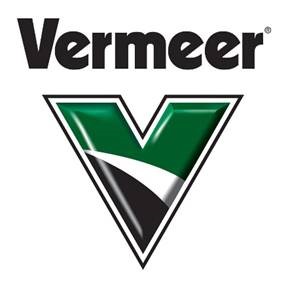
Silver Sponsors:
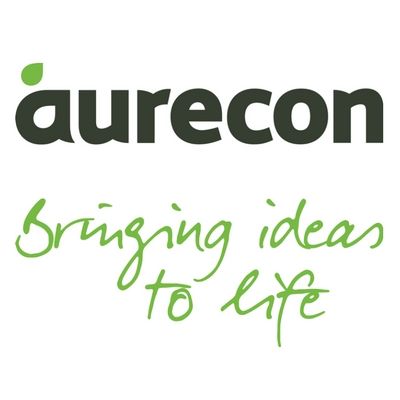

Meeting Point:
